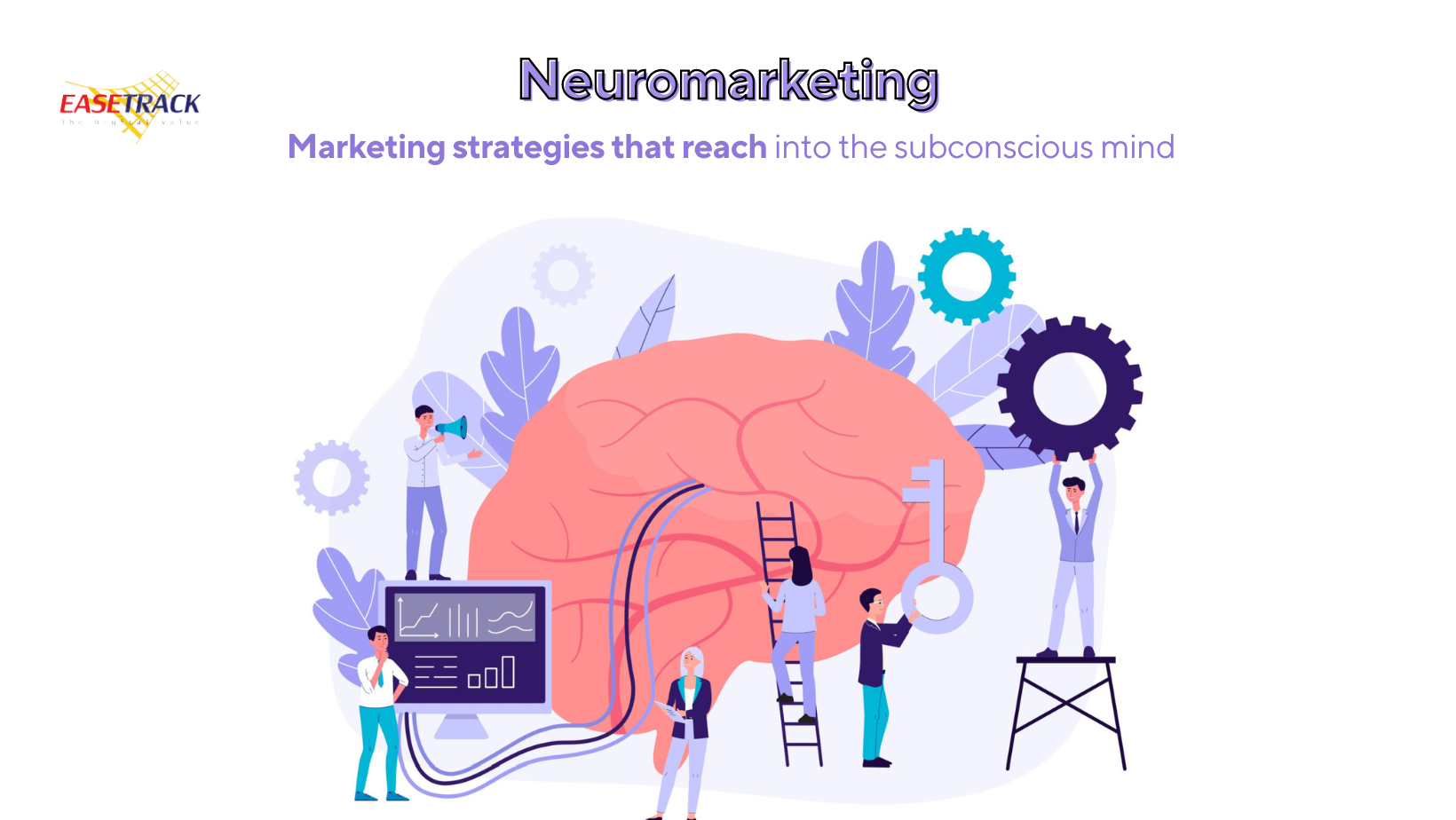
Neuromarketing Marketing that relates to the brain
Neuromarketing It is called in Thai that ‘Neuromarketing’ Neuromarketing Neuromarketing is a branch of marketing that uses the study of the brain and mental processes to better understand and adapt marketing and advertising to the needs and behaviors of consumers. Presents the use of scientific tools such as brain imaging instruments. Psychological tools and economic data analysis tools to test and analyze whether various advertisements or marketing How does it affect the brain and behavior of consumers? Using neuromarketing It helps marketers create more effective marketing strategies by studying and understanding the needs and behaviors of their target audience more deeply.
According to neuroscience principles, it will be found that Our brains work in 3 main parts:
1. Reptilian Brain
The brain that was formed was the first part of living beings and the first to function. Working on the subconscious mind Instinct or habit It is the part that uses the least amount of energy compared to the other parts. This is the part of the brain that works most quickly and is open 24 hours a day, non-stop to command the internal organs of our body.
2. Limbic System
The second part of the brain that developed later Acts on emotions and feelings It releases certain chemicals into the body. During which our brain will work more in terms of remembering. It is the source of the feeling of togetherness or feeling when we are experiencing certain events like I had felt before from past events.
3. Neo-Cortex
The last part of the brain that was formed when living things were beginning to develop into humans. It serves the purpose of using thought and reasoning, which is the part of the brain that works the slowest. And it only opens when you want to use it.
In summary, the brain’s mechanism of action starts with the Reptilian Brain. People first filter exposure to substances using this part of the brain. The amount of exposure depends on the experiences that the brain has had to see whether or not the message will be sent to the Limbic System. If information is sent to this part of the brain, it will process the feelings towards the sent message. Then he passed the baton to the Neo-Cortex to think logically about how to respond to this.
If brands can tap into the Reptilian Brain to tap into their subconscious and find ways to connect to the emotions and feelings of their images and memories, it can create marketing opportunities. That gets attention which leads to more trading.

How to apply Neuromarketing.
By placing ads everywhere or showing them over and over again, brands push themselves too far into their heads to the point of being annoying. But we tried the strategy. Neuromarketing in order to reach the hearts of consumers and be more harmonious Brands just need to know how to use them to send messages to consumers that they remember and think about. Let’s look at these methods.
Focus on pain points more than benefits.
The first trick of using the principles Neuromarketing is where pain points are the main focus rather than talking about the benefits they will receive. Because normally we humans tend to come in looking for ways of survival or Survival Mode, so if a brand brings out Pain Points that are some facts in life in order to survive. The human brain chooses to be more receptive than just being told that doing this is good for you.
Eye Tracking
Eye Tracking, or using tools to detect eye movements, is another marketing trick. Neuromarketing Marketers will use the results to analyze and further develop their marketing efforts. The analysis method will be based on the reaction and response of consumers who see the thing, such as the pupils of the eyes widening. What was seen at that time was processed in the brain. It may be observed from the sensitivity in staring at the picture. or the amount of time spent looking at something and how to respond to stimuli
This tool will help marketers understand how consumers feel. And what feelings affect decision making? For example, after seeing a food advertisement, the eyes will process it or decide in advance that it looks delicious and appetizing. This is the reason why when you see a food advertisement you feel like eating it. Even though I’m not hungry.
Comparison
‘Comparison’ will be the thing that stimulates our brain’s perception most easily. And it also helps make decisions faster. Because it is a perception that we don’t have to use our brains to think more deeply about. Comparing them gives a clear picture of which one is better. What’s the difference? And it will be easier to create a memorable image for the brand. This can be used by comparing the results to customers before and after using the brand.
Anchoring Effect
The Anchoring Effect is a theory of psychology. which can be used according to marketing principles Neuromarketing, for example There are the same products. Looks similar But they are sold in different places. The first type is sold in luxury department stores, while the second type is sold in streetside shops. Products in luxury department stores sell for more even though the selling prices are vastly different. But more expensive products in department stores sell more. That is creating value for the brand. As the example said, it is the placement of the product that is appropriate for the time and place that will add value to the product. Or, for example, it is a product that is sold online. The first is on a website that looks trustworthy. And the second type is on websites that are full of online gambling advertisements. Where would you buy it from?
Marketers can also use other tricks, such as lowering the price and comparing it to the original price that the customer received at a discount. or comparing value for money if customers are willing to pay more
Pay attention to the beginning and the end.
This trick will be combined with other strategies to make use of Neuromarketing That works more. and has more access to the first part of the Reptilian Brain. It will focus on the part of the brain that works emotionally (Limbic System) to measure the brain’s arousal when consumers see advertisements in all forms. Neuroscience has found that people’s brains are significantly more alert at the beginning and at the end. For example, when you watch a series, you tend to be more excited at the beginning and at the end than in the middle. Is that the story?
Source: popticles
